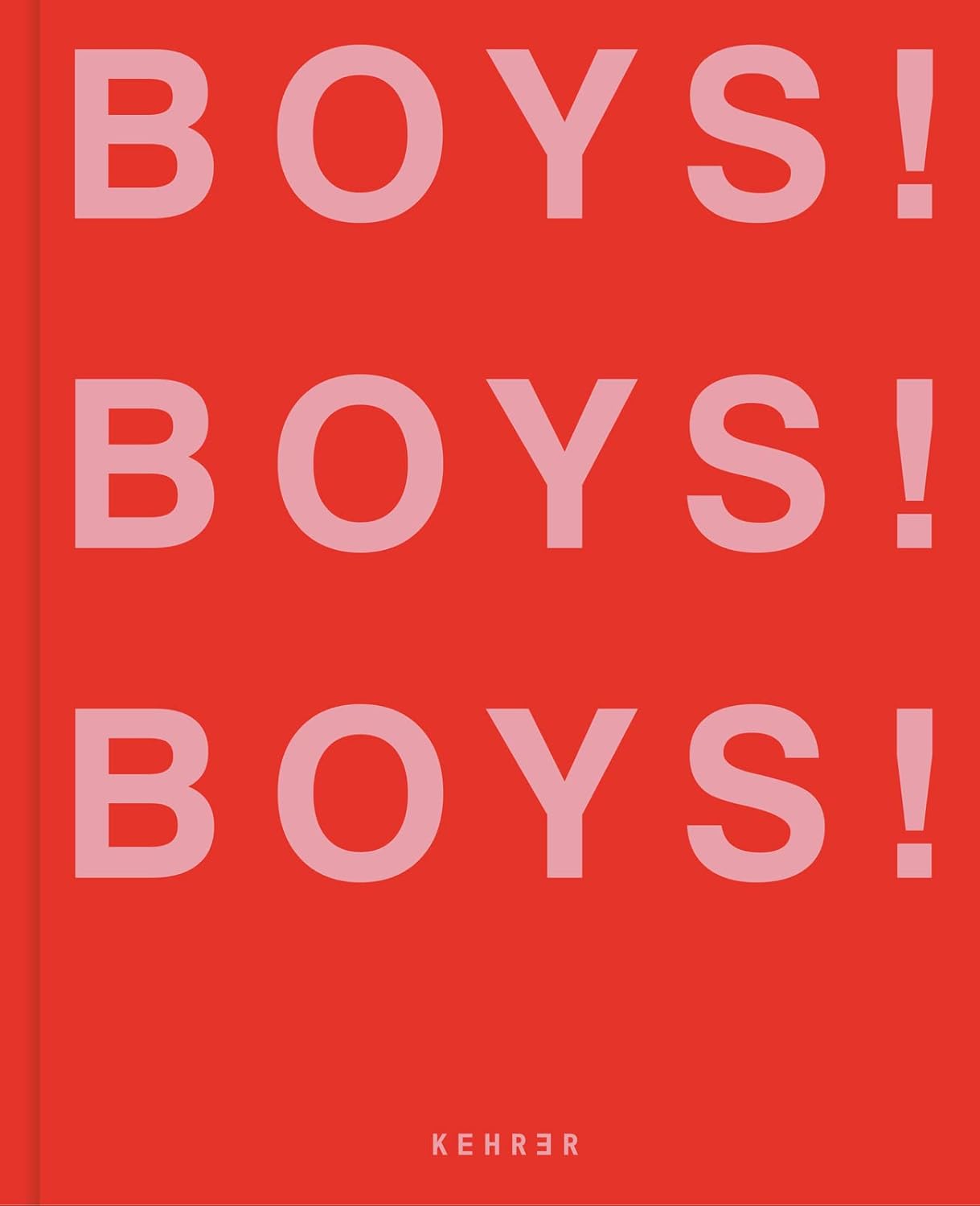
The camera, on the other hand, is that instrument of eternity.
EVERY PICTURE TELLS A STORY | an essay
Looking at Anthony Friedkin’s Gay Essay, it was easy to be taken aback. I visited Trooper’s Hall once or twice, but I couldn’t help but ponder something deeper while reflecting on his images, the people in them, and ultimately that favorite topic of wonder: time.
I don’t know how I feel about time. A man-made invention to keep the world in order or a cheap reason to sell clocks—it is, and has always been, something. Time is made most memorable, of course, through photography—that quiet stealing of a moment, proposing truth, revealing a mystery, and forever gathering dust. Time steals; this we know. Watching a 1930s comedy, we do the math: the actors are most likely all dead. We are watching a fluid photograph of images of dead people. We are experiencing a sixth sense. Still images, or portraits, as we call them, capture a moment, a quick glance, a frozen instance in life. Like galleries, we too collect images—the candid cell phone snapshot, the black-and-white Tri-X images of our youth, the SX-70 Polaroids of our adolescence, the Kodak moments of our happy, colorful life—all captured and stored in worn boxes, shelved in quiet contemplation of time.
So, I came across a photograph of my dear friend Richard at 17, posing in the Trooper’s bathroom in 1973. Time and age. Time and age. We are never prepared for age or time, really, except for the perpetual ticking of some clock somewhere. That antithesis of photography, the mirror, will tell you the truth—if only you will let it. We seldom do, except for the gradual wearing away of the skin, the hair, and the body, told only through the stories of the eyes. The camera, on the other hand, is an instrument of eternity. We see ourselves locked in a youthful embrace of a season of love, an old lover’s quick smile, and we have to remind ourselves that this is a thing called the past.
Whoever invented the concept of the past, present, and future knew intimately about time. Yet one can only wonder—when does the present become the past? When does the future become the present? These are matters that, when examined too closely, can conjure a kind of madness, like molecules and electrons—present but hardly understood.
So, we stick to what we know, the things collectively understood by human beings, and that brings us back to time and age. We are ill-prepared for age because it is one of those things we don’t want to acknowledge—like the stunning fact that we are all going to die. Age is the preparation for that eventuality. We grow old. The images of ourselves taken in bathrooms in the 1970s have little to do with the man now in his late 50s, other than reminding him that he doesn’t look remotely like that anymore. He doesn’t have, in any logical sense, anything of that person in his current being. He can remember, he can recall, and he can ponder all the words starting with re, but it will never bring him back to that moment in reality. Time and age changed him. That is what they do—the exact opposite of a photograph, which holds firm and insists on the moment.
Many have considered photography magical. It revives the memory of dead parents, friends, and loved ones; it takes us to places we have been but can never return to. That place in time, that moment, much like a kiss, quietly moves the surroundings into the background, bringing us wholly into the moment and nothing else.
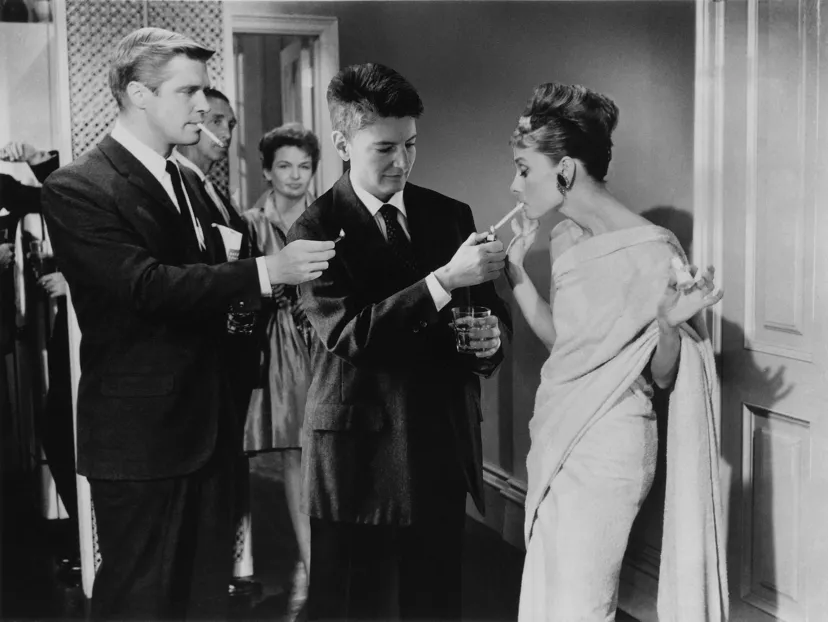
A LOOK at the MOMENT
In 2024, homosexual art photography continues to evolve, embracing both personal and political themes with a focus on challenging societal norms and exploring queer identities. Some of the latest trends and notable works include:
-
Intimate Storytelling: Photographers like Lin Zhipeng (also known as “223”) from Beijing are pushing boundaries by capturing raw, intimate moments. His work often explores themes of freedom, but with an underlying tension due to the censorship it faces in China. His use of film over digital adds a layer of authenticity and nostalgia to his pieces (Queerty).
-
Queer History and Disruption: Artists like Deborah Bright are reinterpreting classic Hollywood imagery to insert queer narratives into mainstream culture. For example, her work alters iconic scenes from films to include a lesbian presence, thereby challenging the traditional heteronormative stories that these films convey (Queerty).
-
Emerging Queer Photographers: The queer photography scene is also seeing a rise in new talent, with exhibitions and galleries showcasing a variety of perspectives from around the world. These emerging photographers often mix genres, blending elements of fashion, documentary, and fine art photography to tell their stories. This eclectic approach reflects the diversity within the LGBTQ+ community itself ( Advocate.com, PinkNews).
Overall, homosexual art photography in 2024 is vibrant and varied, with artists using their medium to explore personal identities, challenge societal norms, and document the queer experience in innovative ways.
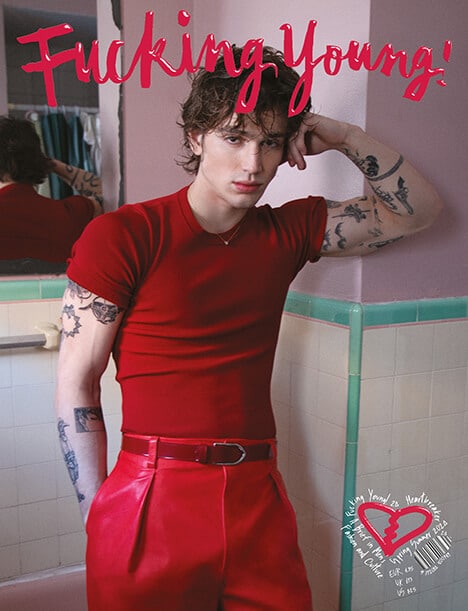
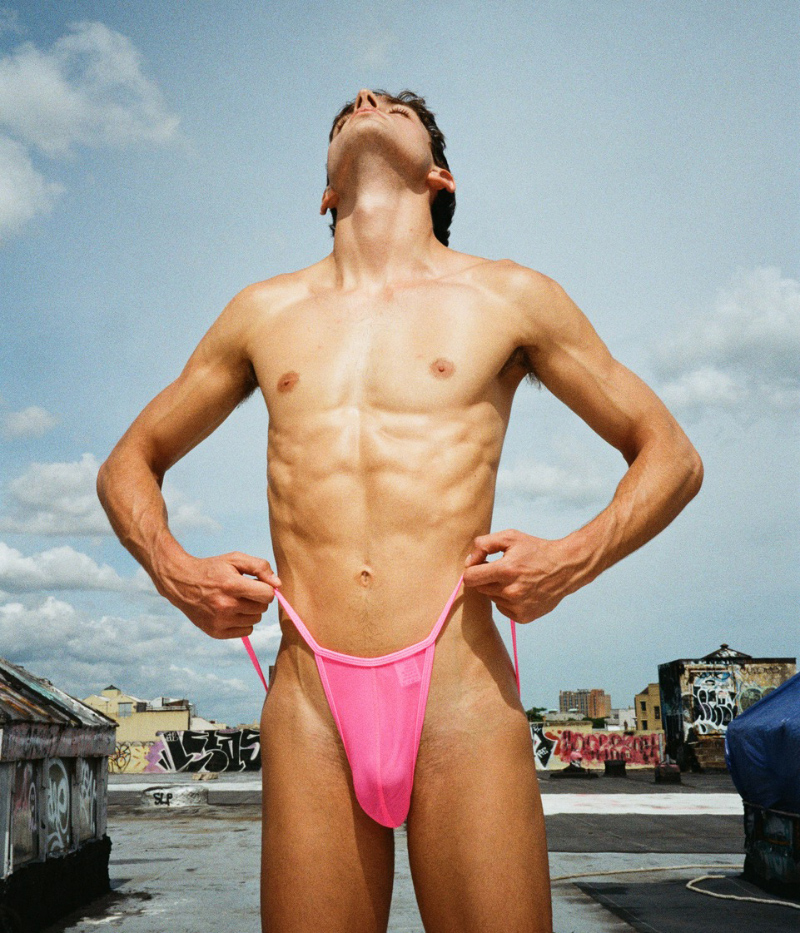
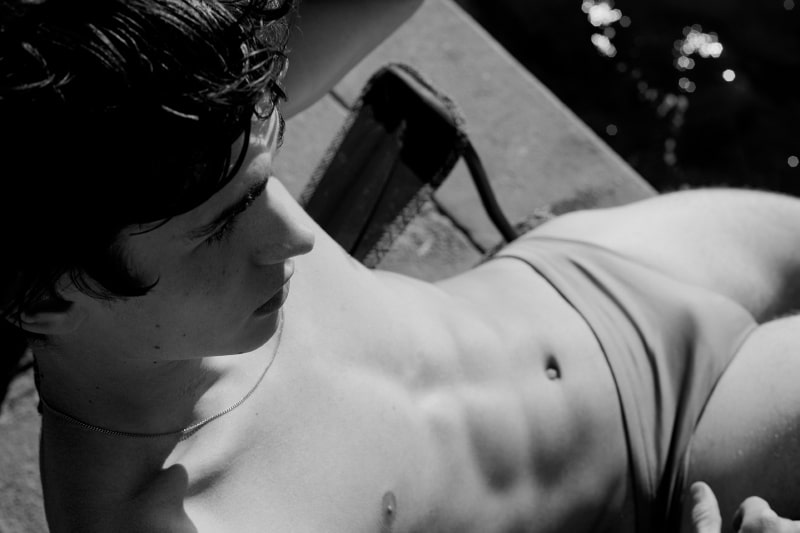
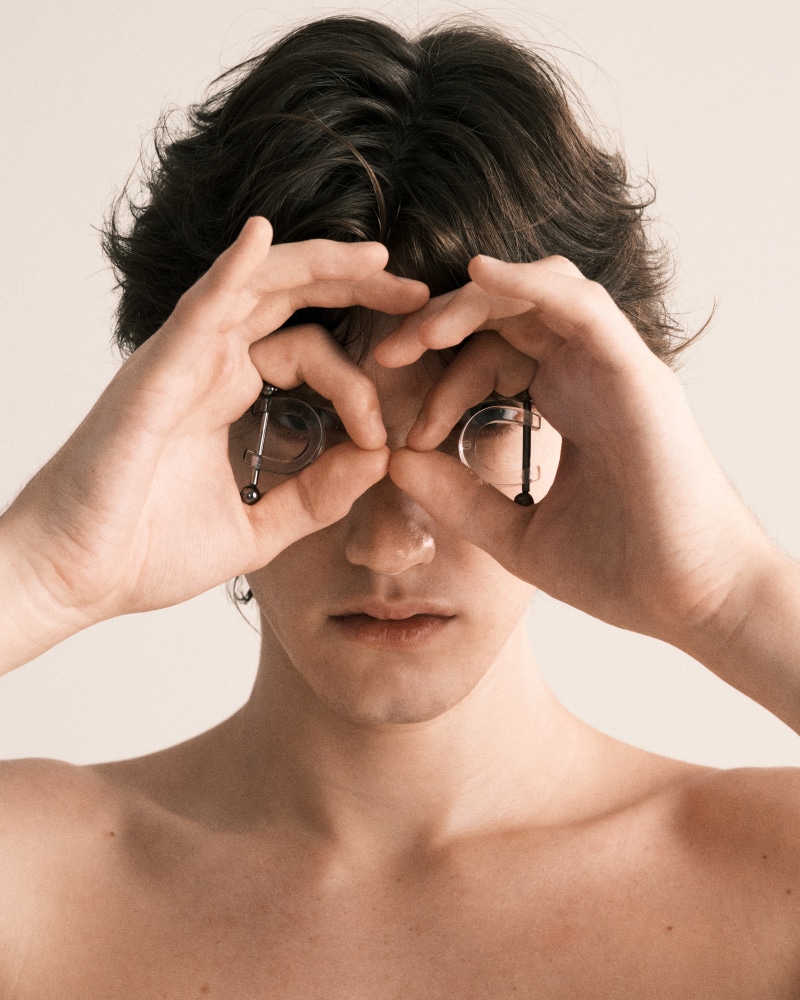
Books |
Photography
